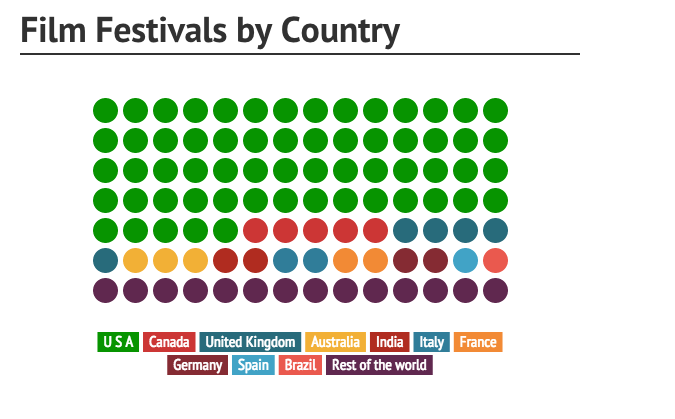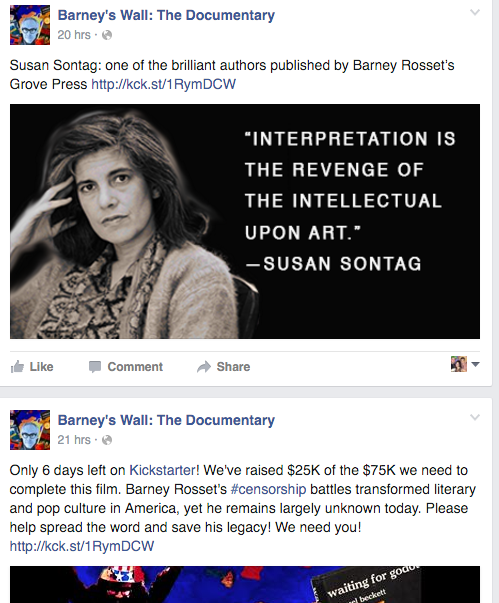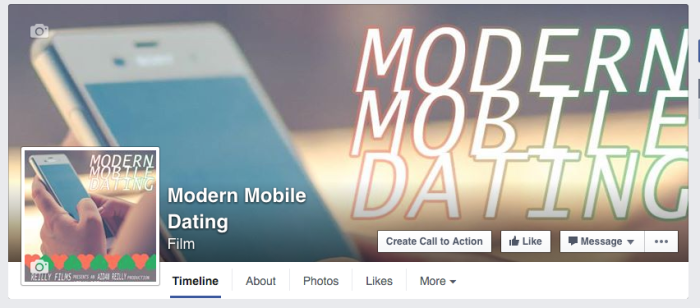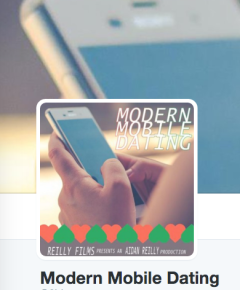The Secret World of Tinder – “This eye-opening documentary reveals how smartphone apps have revolutionised dating” (4oD, 2016) This documentary is a particularly helpful one for helping me understand the subject matter and form I will be tackling. When watching the documentary, I made some key notes about the style I noticed:
-
Focus on the deeper questions when interviewing participants
-
Shallow focus/close ups during interviews.
-
Introduction about new documentary participants.
-
Lots of emotional scenes due to subject matter
-
Ends on an ending thought to leave a memory with the viewer.
-
Filler music used often
- Humour used often
I will be looking to implement these key points within my documentary to allow my project to have more of a professional feel to it.
When looking at the biographies of the two main participants they have for their documentary we can see these:
“Self-confessed sex addict John, 42, turned to various dating apps when his marriage ended after just 20 months, and he claims to have had over 200 dates thanks to the technical revolution. Half of those dates appear to have been a success as he also insists he’s slept with over 100 females because of such applications, and boasts he once slept with NINE women in one week.”
“Pete, 38, who is into animal role-play, specifically puppy-play. He meets up with men who he can play animal-style games such as fetch, roll over, and have belly rubs with. While his partner of 16 years, Mirza, DOESN’T share his puppy love, he doesn’t object to Pete sniffing around others with similar tastes.” (Leyfield, 2015)
These biographies focus on the extraordinary, they show the crazy stories about the individuals. They try and show the unique points of the documentary they are creating. I will apply the same style for my production and highlight the fact I am providing more of a grounded piece of material that focuses on real situations that happen every day that you don’t get to see.
References
4oD. (2016) The Secret World Of Tinder [online] available from <http://www.channel4.com/programmes/the-secret-world-of-tinder/on-demand> [30 March 2016]
Leyfield, J. (2015) The Secret World Of Tinder: Meet Puppy Play Enthusiast And Sex Addict[online] available from <http://www.mirror.co.uk/tv/tv-news/secret-world-tinder-documentary-explores-5698502> [30 March 2016]










